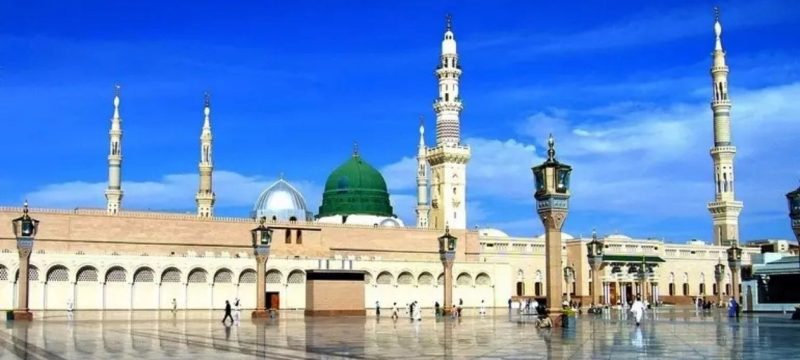Masjid Al-Nabwi in Madinah is one of the most revered sites in Islam. It holds not only spiritual significance but also historical importance for technological progress. In 1909, Masjid Al-Nabwi became the first location in Saudi Arabia to be connected to electricity.
This historic milestone highlighted the honor given to the mosque and the efforts to provide comfort to worshippers. Electricity improved the experience of visitors, allowing prayers and religious gatherings to continue safely after sunset.
Over the years, Masjid Al-Nabwi has undergone multiple expansions and upgrades to accommodate millions of pilgrims. The early adoption of electricity marked the beginning of modernization while maintaining the mosque’s spiritual sanctity.
The mosque continues to serve as a hub for Islamic learning, worship, and community activities. Modern facilities, combined with its historical significance, make Masjid Al-Nabwi a unique example of tradition meeting technology.
Historians note that installing electricity in Masjid Al-Nabwi reflected the vision of early Saudi leaders, who prioritized the comfort of pilgrims and the preservation of the mosque’s sacred status. Today, the mosque remains a symbol of devotion and innovation, attracting visitors from around the world.
Masjid Al-Nabwi’s early electrification paved the way for other holy sites in Saudi Arabia to adopt modern facilities, ensuring safety and convenience for worshippers. The integration of technology with religious practice has become a model for balancing tradition with modernity.
In other news read more about China Offers Cash Incentives to Couples Who Get Married
This historic development continues to inspire the Muslim community, demonstrating that faith and progress can go hand in hand. Masjid Al-Nabwi stands as a testament to this harmony, reminding worshippers of its rich history and ongoing significance in Islam.









